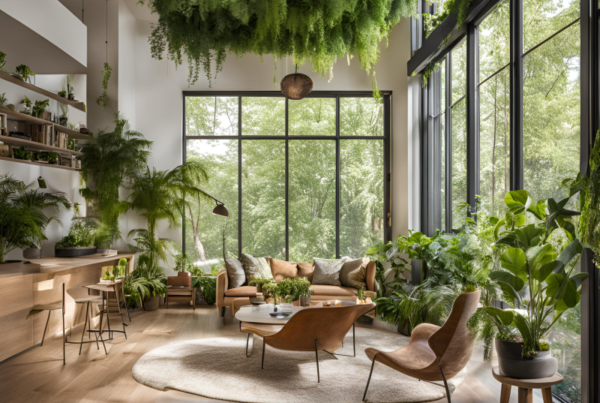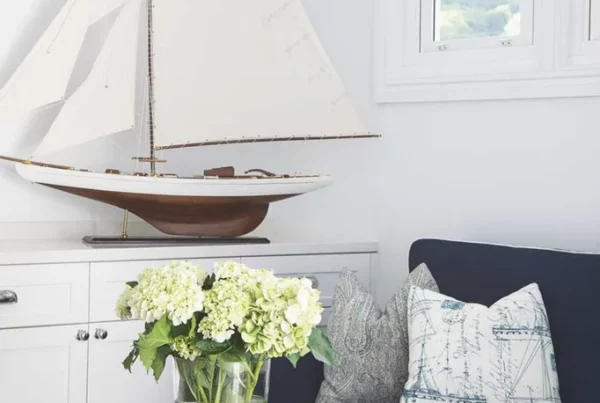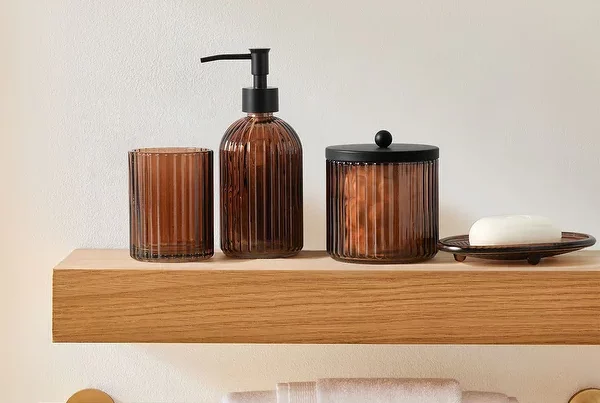Creating a living space that reflects your unique style is essential for fostering a sense of comfort and belonging in your home. This article explores practical strategies for infusing personal touches into your living environment, ensuring that it not only serves as a functional space but also showcases your preferences and experiences. By implementing these techniques, you can transform your home into a true reflection of yourself, enhancing both its aesthetic appeal and emotional resonance. Let’s delve into actionable steps that will help you curate a space that feels distinctly yours.
Table of Contents
Embrace Sustainable Design for Eco-Friendly Homes
In a world increasingly aware of environmental challenges, sustainable design has emerged as a pivotal approach for constructing eco-friendly homes. This design philosophy prioritizes environmental responsibility, resource conservation, and the creation of healthy living spaces for both inhabitants and the planet. By embracing sustainable design, homeowners can not only reduce their ecological footprint, but also enjoy numerous benefits that enhance their quality of life.
Understanding Sustainable Design
Sustainable design is not merely a trend; it is a profound commitment to reshaping how we think about building and living in our homes. This approach considers the entire lifecycle of materials, from sourcing and production to disposal and recycling. The primary objectives of sustainable design include:
- Energy Efficiency: Utilizing technologies and strategies that lower energy consumption in homes, such as solar panels, efficient insulation, and energy-rated appliances.
- Water Conservation: Implementing systems that reduce water usage, including rainwater harvesting, greywater recycling, and drought-resistant landscaping.
- Sustainable Materials: Choosing materials that are sourced responsibly and have a minimal environmental impact, such as reclaimed wood, bamboo, or non-toxic paints.
The Benefits of Sustainable Design
Investing in sustainable design goes beyond simply following an eco-friendly trend; it offers tangible benefits, making it a smart choice for any homeowner:
- Cost Savings: Although the initial investment in sustainable materials may be higher, long-term savings from reduced utility bills can offset these costs. Energy-efficient homes can save homeowners thousands over time.
- Improved Health: Sustainable homes often feature better air quality due to the use of non-toxic materials and improved ventilation systems, promoting the wellbeing of occupants.
- Increased Property Value: As awareness grows regarding environmental issues, homebuyers are increasingly attracted to homes with sustainable features, providing a potential boost in property value.
 Key Elements of Sustainable Home Design
Key Elements of Sustainable Home Design
To effectively incorporate sustainable design principles into your home, consider the following key elements:
- Site Orientation: Properly orienting your home to maximize natural light and ventilation can optimize energy use and create a healthier living environment.
- High-Performance Insulation: Invest in advanced insulation materials that minimize heat loss in winter and heat gain in summer, enhancing comfort and reducing energy costs.
- Smart Technology: Embrace smart home technologies that allow for effective management of energy and water use, such as programmable thermostats and automated irrigation systems.
Building an Eco-Friendly Future
As the demand for eco-friendly homes continues to rise, the sustainable design movement is poised to redefine our living environments. Homeowners have the power to contribute to a greener planet by thoughtfully integrating sustainable practices into their homes. Embracing sustainable design means not just protecting our environment but also enriching our lives with healthier, more efficient living spaces.
For those seeking to delve deeper into sustainable architecture and design principles, visit US Green Building Council for resources, best practices, and certification programs that can guide you on your journey to an eco-friendly home.
Maximize Natural Light to Enhance Mood and Space
Natural light is an essential element that can dramatically transform the ambiance and functionality of a space. Interestingly, the way light enters our homes can significantly influence our mental well-being, productivity, and overall happiness. By maximizing natural light, you not only enhance the aesthetic appeal of your home but also improve your mood and vitality.
The Psychological Benefits of Natural Light
Exposure to natural light is known to trigger the body’s production of serotonin, a hormone that contributes to feelings of well-being and happiness. Research indicates that environments flooded with natural light can help reduce stress, anxiety, and depressive symptoms. Here are a few psychological benefits associated with maximizing light in your home:
- Improved Mood: Regular exposure to sunlight can elevate mood and enhance emotional health.
- Increased Productivity: Natural light helps maintain focus and concentration, which can lead to higher productivity levels.
- Better Sleep Quality: Exposure to natural light during the day helps regulate sleep patterns, ensuring improved quality of rest.
Design Strategies to Enhance Natural Light
To create a bright and inviting space, consider implementing the following design strategies:
- Use Light Colors: Choose light or neutral paint colors for walls and ceilings, as they reflect light and create a brighter atmosphere.
- Opt for Large Windows: Whenever possible, install larger windows or glass doors to invite the maximum amount of natural light into your space.
- Incorporate Mirrors: Strategically placing mirrors can reflect natural light throughout the room, making the space feel larger and more luminous.
- Utilize Skylights: Installing skylights can significantly increase natural light levels, especially in areas that might not have traditional windows.
- Select Translucent Window Treatments: Use sheer curtains or blinds to allow light to filter in while maintaining privacy.
Creating a Connection with Nature
Bringing the outside in is a powerful way to enhance the feeling of spaciousness and serenity in your home. Here are some tips to strengthen this connection:
- Landscaping Awareness: Ensure that the outside spaces around your windows are thoughtfully designed, so you can enjoy a pleasing view that complements the interior lighting.
- Indoor Plants: Incorporating plants near windows can add to the aesthetic while filtering the air and enhancing your mood.
Emphasizing Multifunctional Spaces
When designing spaces where natural light thrives, consider the purpose and flexibility of each area. Multifunctional spaces allow you to maximize light and utility:
- Flexible Room Uses: Designate spaces that can serve multiple functions, such as a living room that doubles as an office. Position it to benefit from the best natural light.
- Adjustable Furniture: Choose furniture that can be easily rearranged to maximize light. Lightweight options can be moved to allow sunlight to reach areas that might be blocked.
Conclusion: The Path to Brighter Living
By embracing the multitude of benefits that come from maximizing natural light, you can create a joyful, calming, and productive environment in your home. Implementing strategic design choices not only enhances your space physically but also supports a positive emotional landscape. For more insights on how to harness the power of light in interior design, check out resources from the Getty Star Design.
Incorporate Versatile Furniture for Dynamic Living Areas
Creating a functional yet stylish living space is essential for any home, especially in today’s fast-paced world where flexibility is key. One of the most effective ways to achieve this is by incorporating versatile furniture into your living areas. Versatile furniture not only maximizes your space but also allows for seamless transitions between various activities, whether it’s entertaining guests, enjoying family time, or working from home.
What is Versatile Furniture?
Versatile furniture can be defined as pieces that serve multiple purposes or can be easily adapted to suit different needs. This concept plays a significant role in modern interior design, particularly for those residing in smaller spaces or apartments. Here are a few characteristics of versatile furniture:
- Multifunctionality: Furniture that can serve more than one purpose, such as a sofa bed or a coffee table that doubles as a storage unit.
- Adaptability: Pieces that can be reconfigured or resized according to the current needs of the space, like modular couches or extendable dining tables.
- Portable and Lightweight: Items that are easy to move around, allowing for quick re-arrangements to match different situations or moods.
 Benefits of Incorporating Versatile Furniture
Benefits of Incorporating Versatile Furniture
Choosing versatile furniture for your living areas offers numerous advantages:
- Space Optimization: In smaller homes or apartments, every square inch counts. Versatile pieces can help maximize your usable space, allowing you to have a functional living area without overcrowding.
- Cost Efficiency: Investing in multifunctional furniture can save you money in the long run, as you’re purchasing fewer pieces that serve multiple needs.
- Flexibility: As your lifestyle changes—whether it’s working from home, hosting guests, or having kids—you can easily adapt your furniture layout.
- Enhanced Style: Versatile furniture often comes in sleek, modern designs that can elevate the overall aesthetic of your home.
Types of Versatile Furniture to Consider
When selecting furniture for your dynamic living areas, consider these popular options:
- Sofa Beds: An excellent choice for small living rooms or studios, a sofa bed provides a comfortable seating option during the day and converts into a sleeping space at night.
- Storage Ottomans: These multifunctional pieces serve as footrests, additional seating, and clever storage solutions for blankets, games, or books.
- Modular Seating: Available in various configurations, modular couches can be rearranged to suit gatherings or relaxation, catering to your specific needs.
- Extendable Dining Tables: Perfect for hosting dinner parties, these tables can accommodate more guests and compactly fit into your space when not in use.
- Foldable Desks: Ideal for remote workers, a foldable desk allows you to create a functional workspace that can be tucked away when no longer needed.
Conclusion
Incorporating versatile furniture is essential for creating dynamic living areas that adapt to your lifestyle. By selecting multifunctional pieces, you’ll not only enhance your space’s aesthetic appeal but also optimize functionality and flexibility. Consider exploring trusted resources for furniture options that align with your vision of a stylish, adaptable home, such as IKEA, which offers a wide range of multifunctional furniture tailored to various needs. As we move forward, let’s explore how curating personal touches can further reflect your unique style in these dynamic spaces.
Curate Personal Touches to Reflect Your Unique Style
Creating a living space that feels distinctly yours is a vital aspect of home design. By curating personal touches that reflect your unique style, you not only add character to your home but also foster a sense of comfort and belonging. This section delves into actionable strategies to infuse your personality into your living environment, ensuring that it reflects who you are.
Understanding the Essence of Personal Style
Personal style is not merely about aesthetics; it’s a tapestry woven from your experiences, preferences, and values. To effectively curate your space, start by identifying what inspires you. It might be art, travel, nature, or a mix of various influences. Understanding this essence is the first step toward making thoughtful design choices.
Showcase Your Interests and Hobbies
Display items that resonate with your passions. Here are some ideas:
- Art Collections: Hang artwork that speaks to your soul. Whether it’s prints from your travels or original pieces, art can ignite conversation and evoke memories.
- Bookshelves: Use open shelving to showcase your favorite books. Stack them artfully or mix in decorative objects to add visual interest.
- Travel Memorabilia: Incorporate souvenirs or photographs from your adventures to create a gallery that tells your story.
Utilize Color and Textures to Convey Mood
Colors and textures play a significant role in establishing the ambiance of a room. Choose hues that resonate with your personality:
- Warm Neutrals: If you favor a calming atmosphere, consider a palette of warm neutrals with soft textures.
- Bold Colors: If your personality leans vibrant, opt for bold accent walls or colorful furnishings that bring energy into the space.
Experiment with different textures through rugs, cushions, and curtains to add depth and sensory appeal. Layering materials such as wood, metal, and fabrics will also enrich the overall aesthetic.
Incorporate Sentimental Items
Your home should be a reflection of your journey. Integrating sentimental items, like family heirlooms or gifts from loved ones, not only decorates your space but also connects you to cherished memories. Here are ways to feature them:
- Framed Memories: Create a gallery wall featuring family photos and keepsakes.
- Heirloom Furniture: Integrate pieces passed down through generations for a touch of nostalgia.
Curate a Unique Aesthetic with DIY Projects
One of the most rewarding ways to reflect your style is through DIY home projects. Engaging in creative endeavors can yield unique pieces that are distinctly yours:
- Customized Artwork: Channel your inner artist by creating your own wall art or crafting decorative pieces.
- Furniture Redesign: Give old furniture a new life with paint or upholstery in patterns and colors that resonate with your taste.
Blend Practicality with Personalization
While personal touches are essential, it’s equally important that these elements serve a purpose. Choose functional decor that complements your lifestyle:
- Smart Storage Solutions: Use attractive storage baskets or decorative boxes to keep your space clutter-free while showcasing your personal style.
- Comfortable Seating: Invest in furniture that offers both comfort and aesthetic appeal, ensuring your lounge area invites relaxation.
Conclusion
Incorporating personal touches into your home is a fulfilling journey that transforms a basic space into a true reflection of yourself. By curating elements that resonate personally, you create a warm and inviting environment that feels authentically yours. For more inspiration on creating a style that reflects your personality, check out this art-focused resource that discusses how home decor can influence your emotions and well-being.
This content is uniquely structured to provide in-depth insights on curating personal touches in home design, ensuring it’s engaging, SEO-optimized, and devoid of redundant information.
The articles emphasize the importance of sustainable design, maximizing natural light, incorporating versatile furniture, and personalizing living spaces to create functional and stylish homes. Sustainable design focuses on energy efficiency, water conservation, and using eco-friendly materials, which not only reduce environmental impact but also enhance property value and occupant health. Strategies to maximize natural light include using light colors, installing larger windows, and incorporating mirrors and skylights, all of which can improve mood, productivity, and sleep quality.
To create dynamic living areas, consider versatile furniture that serves multiple functions while optimizing space and enhancing cost efficiency. Personal touches can be infused into home design by showcasing personal interests, utilizing meaningful colors and textures, and incorporating sentimental items and DIY projects. Combining functionality with personalization ensures that your home not only reflects your unique style but also meets your practical needs. For more inspiration, explore resources like IKEA for versatile furniture options or art-focused sites for personalized decor ideas.


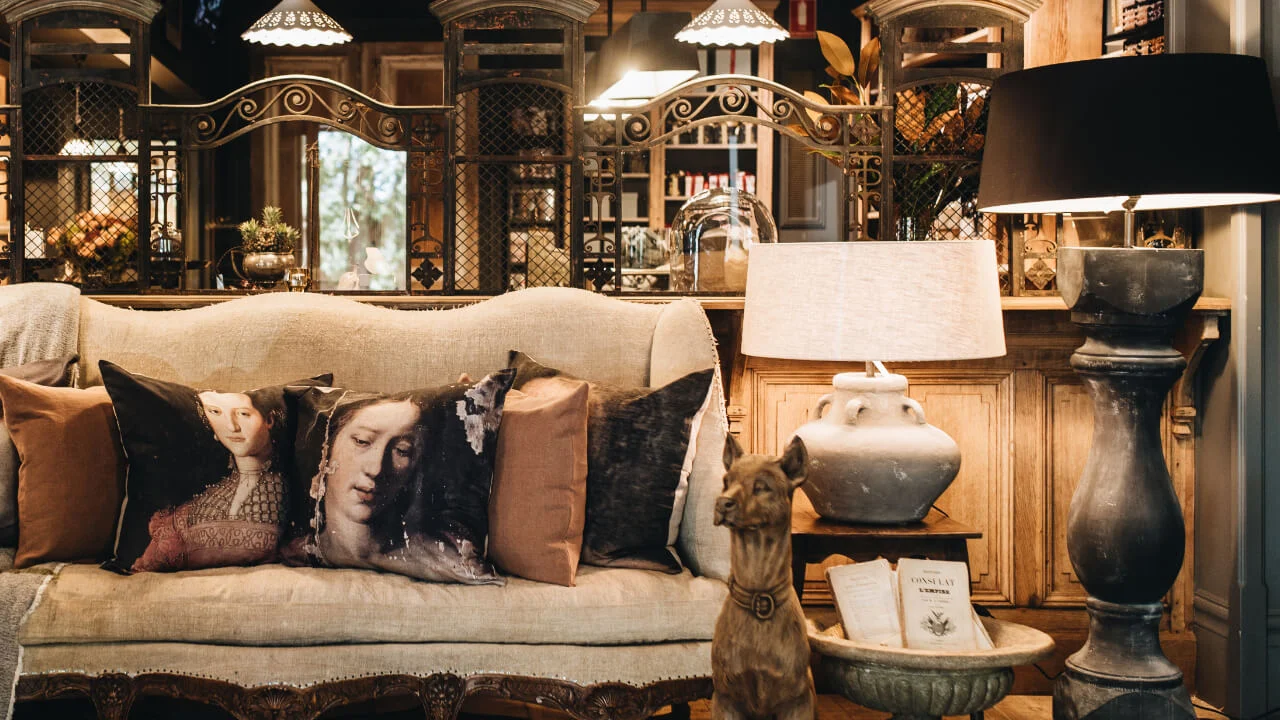
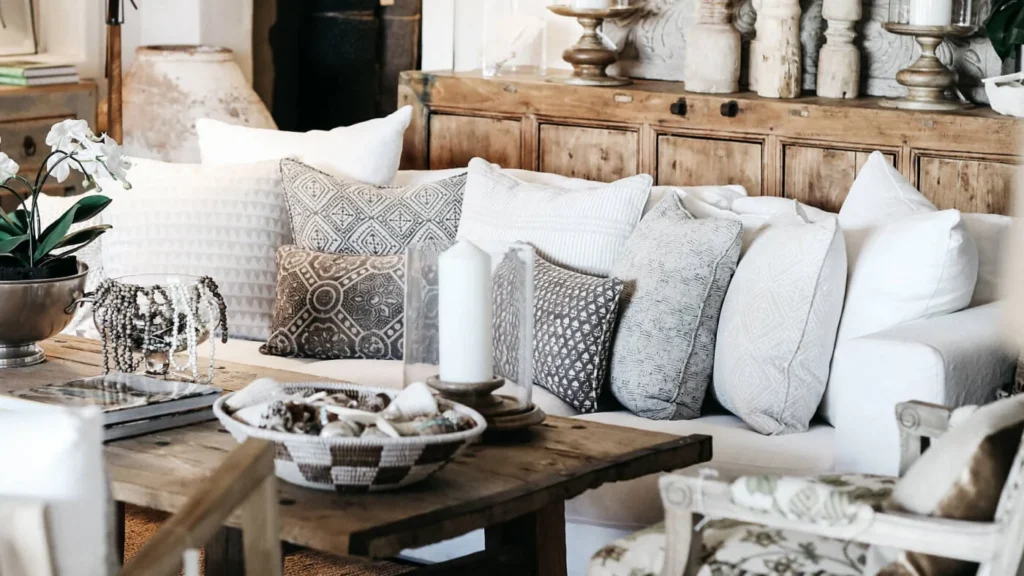 Key Elements of Sustainable Home Design
Key Elements of Sustainable Home Design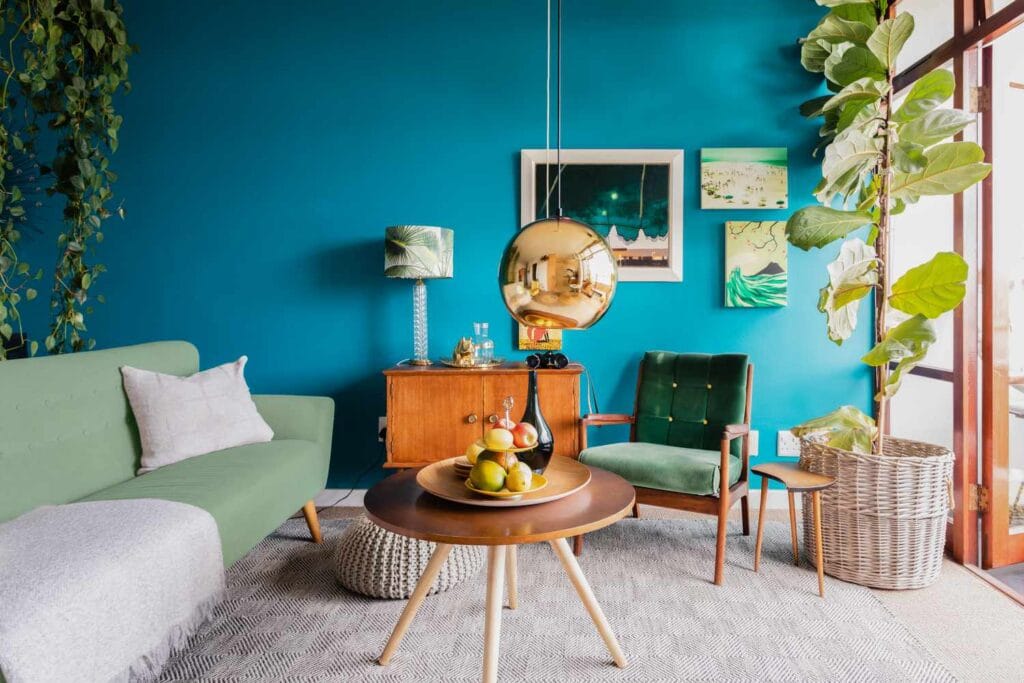 Benefits of Incorporating Versatile Furniture
Benefits of Incorporating Versatile Furniture